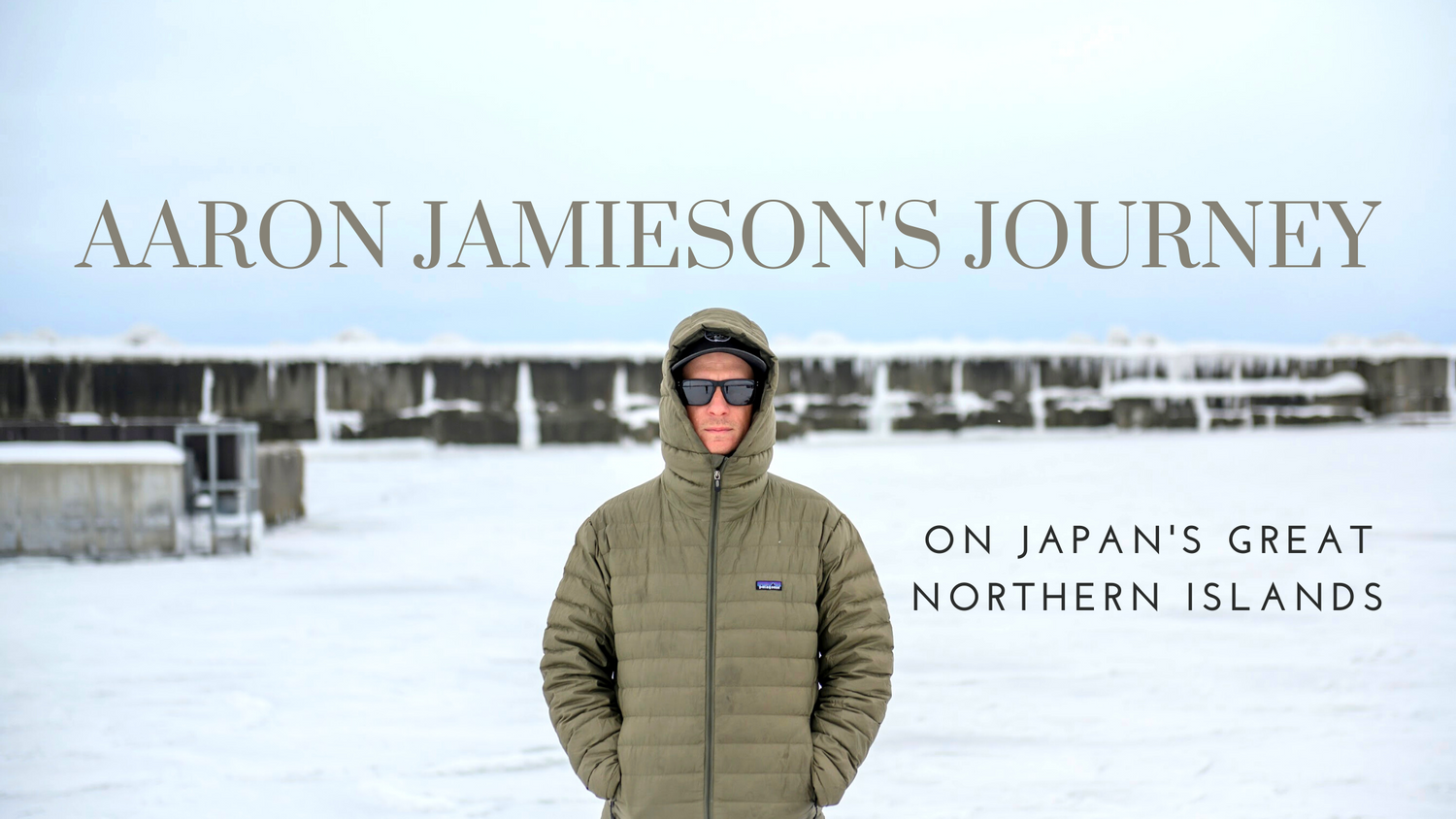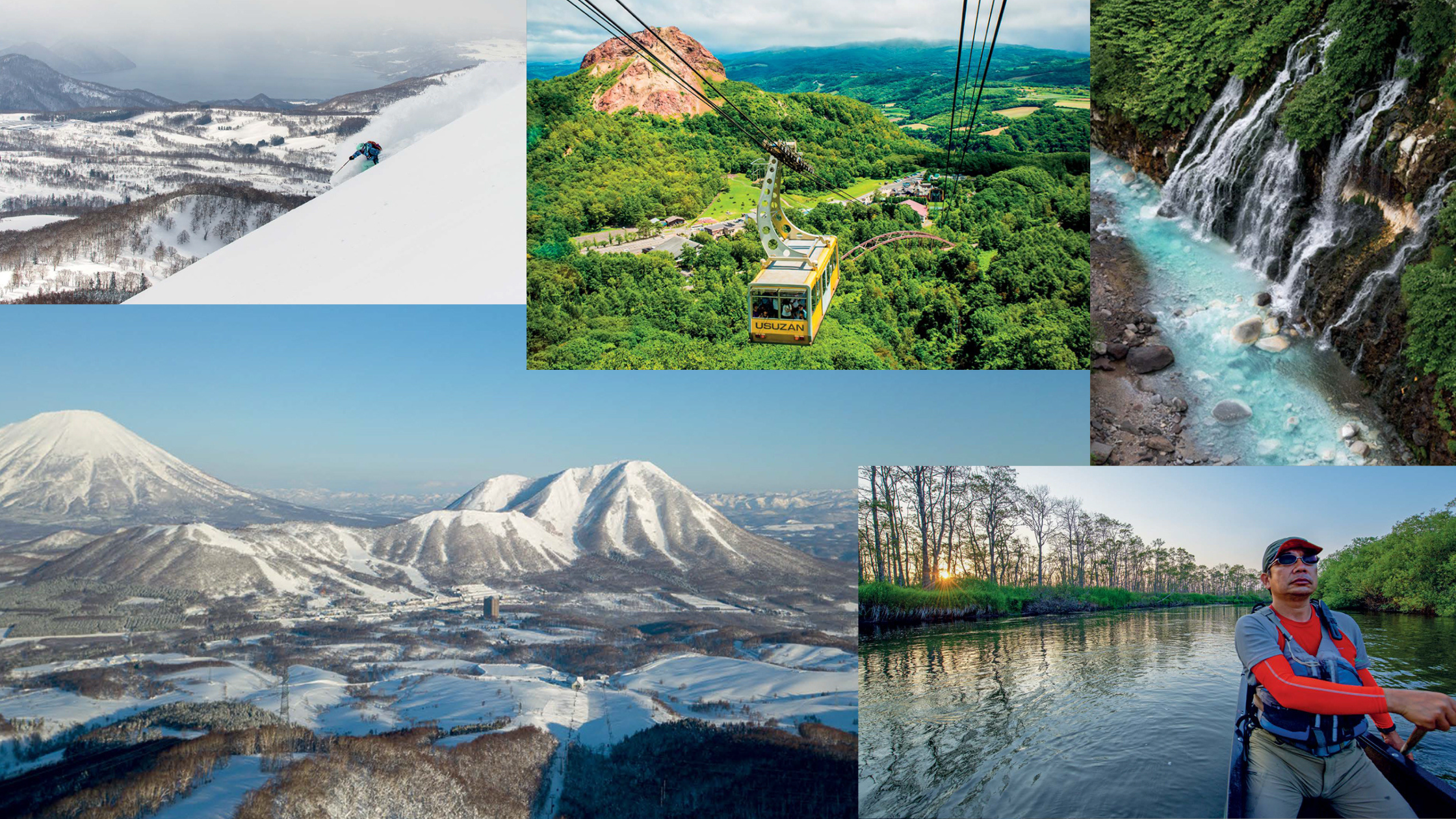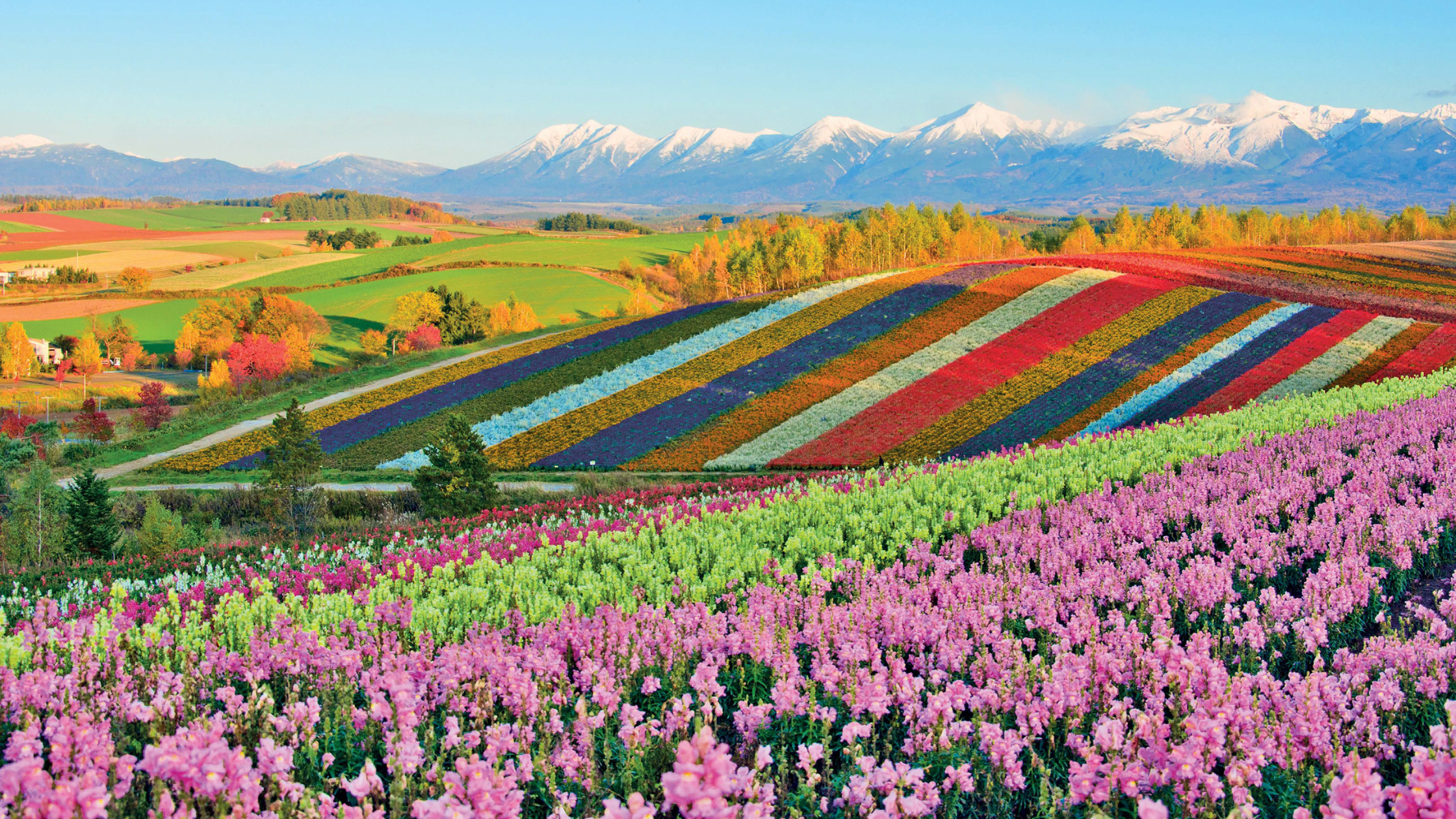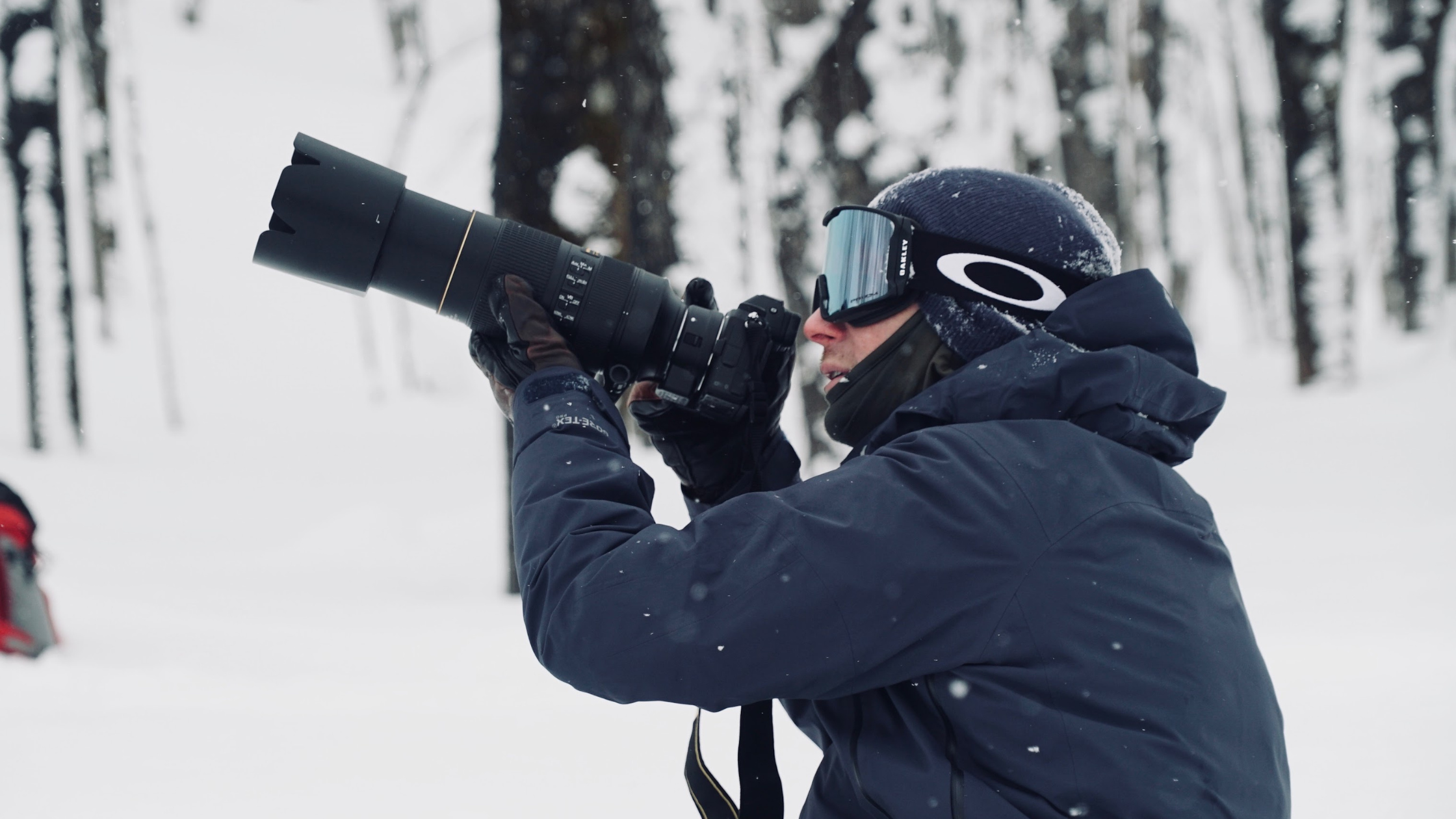I still vividly remember how I felt when I first arrived in Hokkaido—an alien in a foreign place, fresh from the world of the West, transplanted to a remote frontier in far-northern Japan.
These wild islands are just a stone’s throw from Russia and the Korean Peninsula and yet, despite their incredible seasonal wonders and magnificent beauty, remain almost unknown to the world. Hokkaido is a volcanic exclamation mark on an island archipelago, unrivaled in cultural history and natural discoveries that are enchanting for any traveler.
I embarked on my first solo road trip to explore more of Hokkaido equipped with all the usual paraphernalia— camping gear, books of road maps, a selection of “konbini” (convenience store) food, drinks and snacks, and my ever-present camera gear. Before Google Maps, smart phones and before I’d ever received a friend request on Facebook, I ventured out in my trusty steed—a beaten up Subaru wagon—into a world I knew nothing about, and sought to find out what was out there on these islands I’d recently decided to call home.
Fumbling my way around using Japanese paper maps that I couldn’t read—getting lost most of the time—I slowly began to discover the true intrigue of these magical islands. A wild, foreboding frontier of untamed mountains, untouched forests and frozen oceans. A seemingly ferocious environment balanced by a fragile and gentle lifecycle; as soft as a falling leaf, and as quiet as an owl. Here is a group of islands, the final clinch in a densely populated island chain, part of, yet noticeably different from, the rest of the nation—A resonating statement of independence from the bustling megalopolises of one of the world’s largest economies.
Here in Hokkaido life is different. Connected but disconnected.
It is connected to the unique nature and seasons of this hidden pocket of Asia and is part of Japan, adopting the customs and culture of the proud nation that has defined life in this region of the world for thousands of years. Yet until very recently—arguably due to its inhospitable nature—the Japanese paid little mind to the cold northern islands, leaving Hokkaido as the native homeland of the indigenous Ainu people. In the last 150 years Japan has rapidly moved to inhabit and develop Hokkaido, the initial catalyst partly to prevent likely Russian advancements or claim to the islands. For that reason it doesn’t have a long history as Japanese territory and therefore looks and feels different—disconnected—from the rest of the country.
In a sense, this disconnect means Hokkaido is still somewhat of a northern mystery, largely undiscovered and therefore retaining a distinct air of intrigue for foreigners and even people from other parts of Japan. The islands are still wild, still free, and with a map and a hint of adventure in your spirit, there is a new world waiting to be discovered by intrepid travelers.
Hokkaido is a road tripper’s dream, and for me there’s nothing better than loading a van with gear and setting off on a “choose-your-own-adventure” style expedition with a rough destination in mind, but everything in between yet to be discovered. With every season so distinctly different, revisiting favorite sites always gives a new perspective and new understanding of just how diverse the islands are. For this reason my exploration is never ending and my greatest joys are sharing my discoveries with friends and clients—and enjoying them all over again myself.
After what was supposed to be a mere holiday, more than a decade later I’m still here. Still adventuring, discovering and finding day after day that the more I come to understand, the more I realize that there is so much more to learn.
I love it here—truly love it. I love the wild nature of the islands, the severity of life lived in sync with the seasons and at the mercy of the weather. To live in Hokkaido you need to embrace the inherent nature of the land. There is no doing things your way—the weather of the islands defines the way you live and accepting the flow of the seasons is the only way to live in harmony with Mother Nature. In winter it’s cold, constantly snowing and entirely white. In summer it’s alive, vibrant and energized—maximizing every moment of life. The resilient, pioneering inhabitants of Hokkaido (affectionately known as “Dosanko”) know this all too well and are welcoming towards visitors. They understand exactly what has drawn us—and the people that came before them—to their islands, and why we stayed.
Hokkaido is a vast and still largely wild part of the world. A lifetime here would still not be enough time to explore everything there is to see.
Author Aaron Jamieson is a professional photographer, film-maker and journalist who has lived on Hokkaido for over a decade—devoting his time to seeking out the hidden wonders of this special island. In his book, My Hokkaido, he provides his personal tips on places to explore and things to do in and around the main cities of Sapporo, Otaru, Hakodate and Asahikawa.






